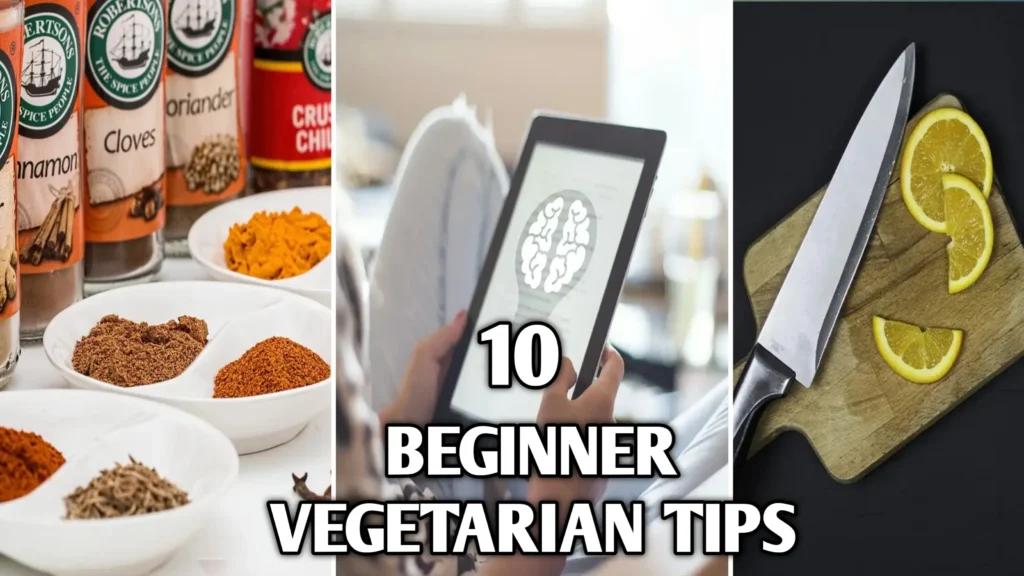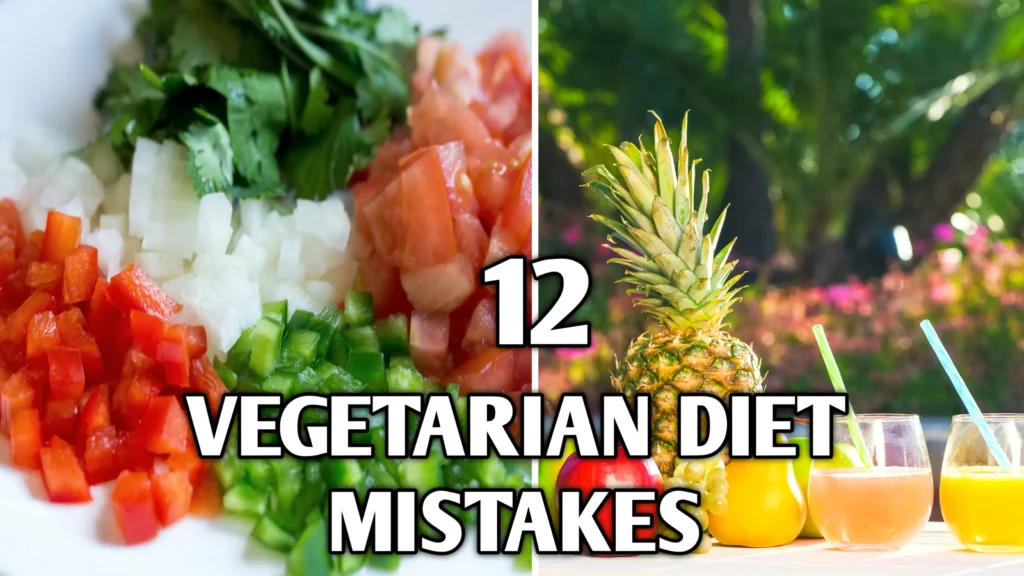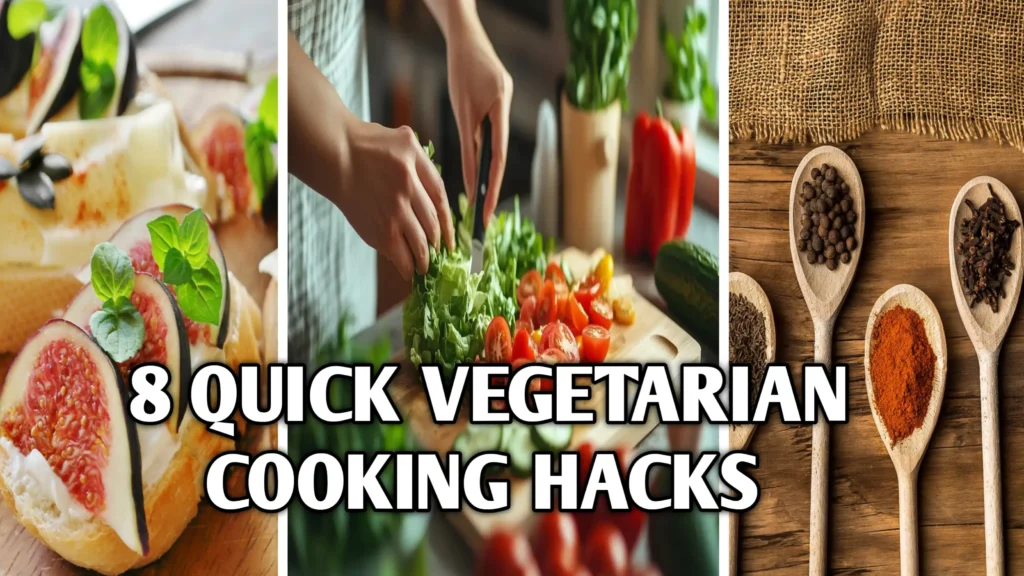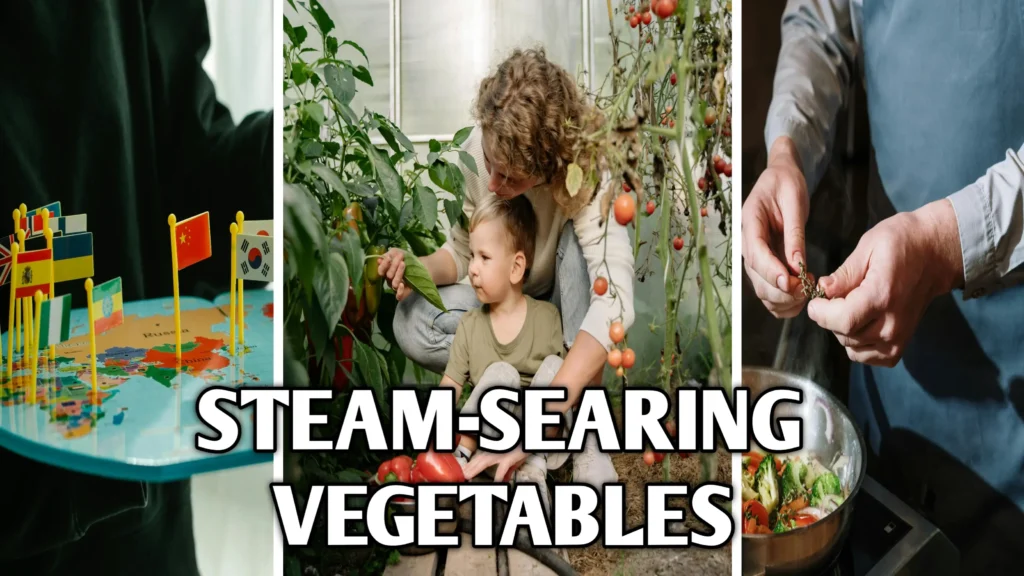
Introduction
Imagine tender-crisp broccoli florets that glisten without a drop of oil, kale leaves that turn golden at the edges without a pat of butter, or zucchini slices that develop mahogany sear marks using only steam. Welcome to the world of steam-searing vegetables, the revolutionary oil-free cooking technique that is reshaping plant-based kitchens in 2025. In this guide, you’ll learn how to steam-sear vegetables perfectly every time, discover expert vegetable cooking hacks, compare steam-searing vs sautéing, and even sprinkle in some surprising flair—like an aquafaba dessert recipe tip or two for the sweet finish.
Whether you’re a seasoned chef, a home cook eager for oil-free cooking techniques, or a curious reader hungry for vegetable cooking hacks, you’ll find everything you need here in one complete, flowing article. Let’s dive in—and yes, it’s all fully vegetarian, no eggs or seafood in sight! 😊
The Science Behind Steam-Searing Vegetables
Steam-searing vegetables harnesses the power of high-pressure steam and direct contact heat to create caramelization without oil. When water vapor is trapped beneath a heavy lid, the temperature soars above 212°F (100°C), softening the vegetable’s interior. Then, when you remove the lid and press the pan firmly against the vegetables, the remaining moisture instantly sizzles off at high heat. This dual action—softening then searing—produces perfectly cooked, nutrient-rich vegetables with deep flavor and color. Unlike traditional sautéing, which relies on oil to transfer heat and prevent sticking, steam-searing vs sautéing highlights a cleaner, lower-fat path to that sought-after Maillard reaction.
Why Oil-Free Cooking Techniques Matter in 2025
With rising awareness of dietary fat quality and environmental sustainability, chefs and home cooks alike are embracing oil-free cooking techniques. By reducing reliance on vegetable oils, you:
- Control calorie density without sacrificing flavor
- Preserve the natural nutrients in your produce
- Reduce waste by cutting down on disposable oil bottles
- Embrace plant-forward living in line with modern vegetarian philosophies
Plus, the technique aligns seamlessly with trendy ingredients—from jackfruit and cauliflower to innovative vegan sauces—and even unexpected delights like an aquafaba dessert recipe, which uses chickpea liquid to whip egg-free meringue, showing the flexibility of plant-based cooking.
Step-by-Step Guide: How to Steam-Sear Vegetables
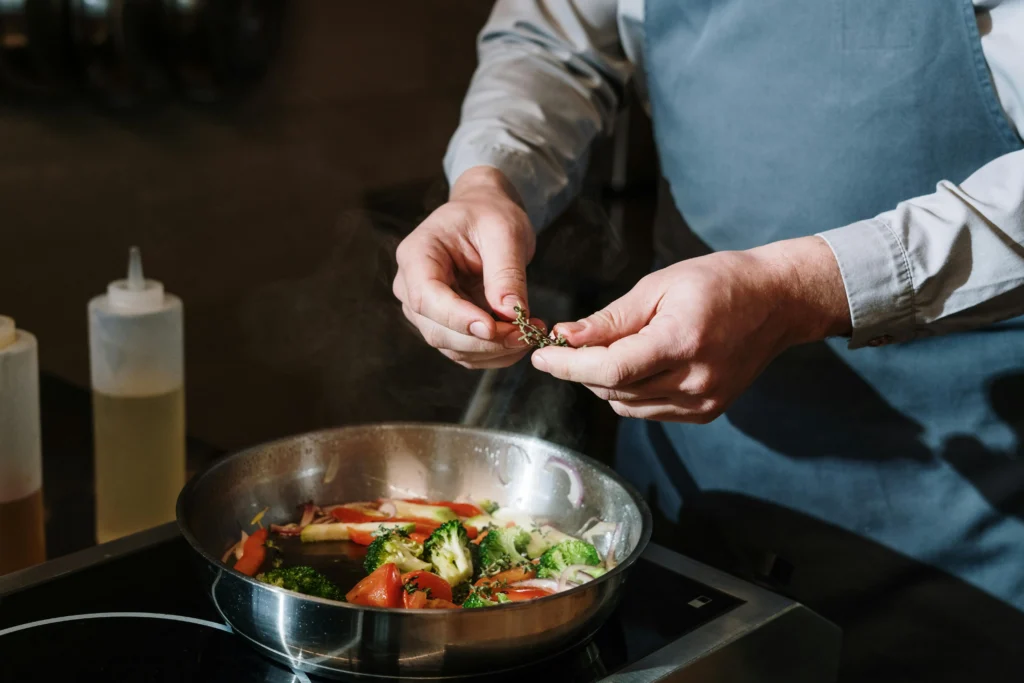
- Choose the Right Pan
Use a heavy-bottomed stainless steel or cast-iron skillet. The weight ensures even heat distribution and holds superheated steam better. - Prep Your Vegetables
Cut into uniform pieces—florets, batons, or coins—to ensure consistent cooking. Toss lightly with a pinch of salt and optional dried herbs. - Steam Phase
Add 2–3 tablespoons of water to the cold pan. Lay in your vegetables, cover tightly with a lid, and turn the heat to medium-high. Steam for 3–6 minutes, depending on density. - Sear Phase
Remove the lid, increase heat to high, and press a second heavy pan (or the lid) firmly atop the vegetables for 30–60 seconds. This direct pressure allows any remaining moisture to flash-evaporate, leaving behind golden sear marks. - Finishing Touches
Transfer to a serving dish. Finish with a sprinkle of flaky sea salt, a dusting of aromatic spices, or a drizzle of tangy reduction for contrast.
Whether you’re mastering how to steam-sear vegetables for broccoli, asparagus, bell peppers, or carrots, this two-stage method guarantees crisp edges, vibrant color, and maximum nutrient retention.
Steam-Searing vs Sautéing: A Comparative Deep Dive
When comparing steam-searing vs sautéing, consider these angles:
- Fat Content
Steam-searing uses water; sautéing requires oil. Oil adds calories and can mask delicate vegetable flavors. - Flavor Development
Both methods achieve Maillard reactions, but steam-searing intensifies natural sugars by concentrating the vegetable’s own moisture. - Texture Control
Steam-searing yields a perfect tender-crisp bite. Sautéing can lead to greasy or overly soft results if oil quantity or heat isn’t precise. - Versatility
Steam-searing adapts to nearly any vegetable, from sturdy root vegetables to tender greens, while sautéing oil-sensitive greens can quickly burn.
In kitchens across 2025, chefs are choosing oil-free cooking techniques like steam-searing to maximize health, flavor, and sustainability.
💧 Learn About Steaming – A Healthy Cooking Technique
Steaming is one of the healthiest ways to cook vegetables, grains, and proteins while preserving nutrients and flavor. Discover how this gentle cooking method works and why it’s popular in plant-based diets.
🔎 Read More About Steaming on WikipediaSignature Steam-Searing Vegetables Recipe
Ingredients (Serves 4)
- 1 head broccoli, cut into florets
- 2 medium zucchini, sliced on the bias
- 1 red bell pepper, cut into strips
- 1 small red onion, thinly sliced
- 3 cloves garlic, minced
- 2 tbsp water (for steaming)
- Salt & pepper, to taste
- A pinch of smoked paprika
- Fresh parsley, chopped (for garnish)
Method
- Steam: In a cold heavy skillet, combine broccoli, zucchini, bell pepper, and red onion. Add 2 tbsp water, cover tightly, and steam over medium-high heat for 5 minutes.
- Sear: Remove the lid, stir in garlic, season with salt, pepper, and smoked paprika. Press a second heavy pan on top for 45 seconds until golden sear marks appear.
- Serve: Transfer to a platter, sprinkle with parsley, and enjoy immediately.
This method is the heart of steam-searing vegetables, unlocking textures and flavors you might not expect from oil-free cooking.
Seasonal Produce Profiles: Perfect Picks for Steam-Searing
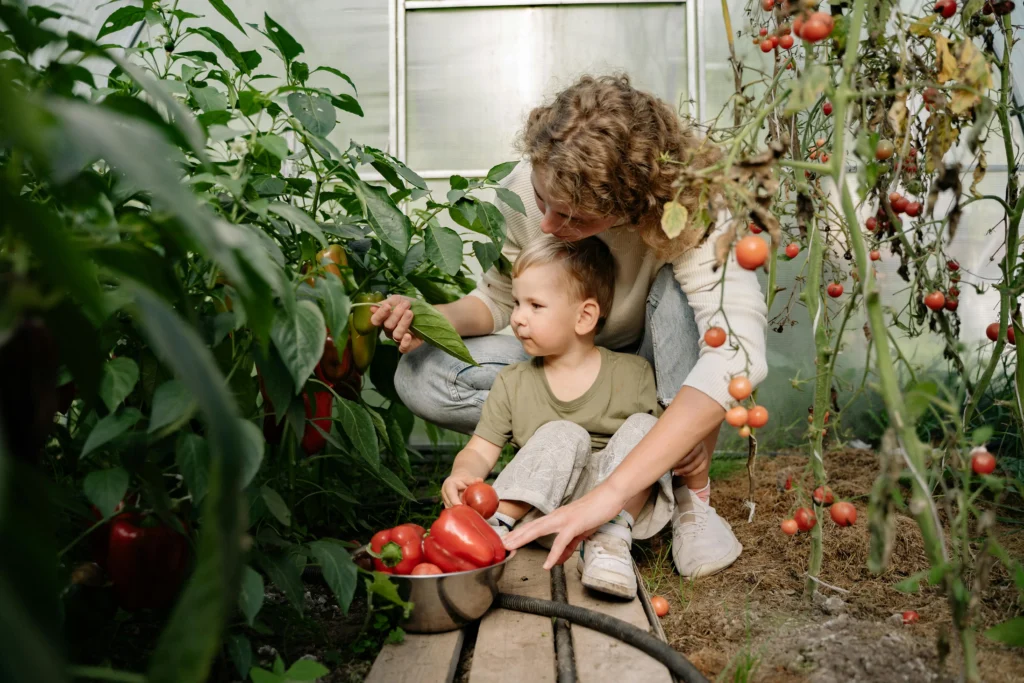
Not every vegetable shines equally year-round. By choosing seasonal produce at peak freshness, you maximize flavor, texture, and nutritional value. Here’s how steam-searing brings out the best in each season’s bounty:
- Spring: Tender asparagus and baby artichokes turn nutty-tinged when steam-seared; pair with lemon-thyme zest. Young peas and fava beans, lightly steamed then pressed, burst with sweet juiciness.
- Summer: Colorful bell peppers and zucchini develop a smoky-sweet char, while eggplant slices become creamy-textured without greasiness. Corn kernels, removed from the cob and steam-seared, pop with concentrated sweetness.
- Autumn: Butternut squash and sweet potatoes caramelize deeply; toss with sage and a dash of nutmeg post-sear. Brussels sprouts halve beautifully, with interiors tender and edges crackling.
- Winter: Hearty root vegetables—parsnips, carrots, beets—gain a toasty sweetness; finish with a balsamic reduction. Kale and collard green ribbons, briefly steamed then seared, turn crispy at the fringes while staying lush inside.
Matching your menu to the season keeps your cooking aligned with nature’s rhythms, reducing environmental impact and supporting local growers.
Global Variations: Steam-Searing Around the World

While steam-searing may feel novel, chefs worldwide have long combined steaming and high-heat finishes. By studying these traditions, you can broaden your steam-searing repertoire:
- Chinese “Bao Zha” Technique: In some Szechuan kitchens, chefs partially steam pork buns before pan-frying—apply the same principle to gyoza-style vegetable dumplings by steam-searing wrappers until crisp bottoms marry tender fillings.
- Japanese Teppanyaki: On teppan grills, thin shiitake caps and enoki mushrooms are often steam-sprayed then pressed to achieve a drier, umami-rich crust—perfect inspiration for steam-seared mushroom medleys.
- Middle Eastern Za’atar Steam-Sear: Sprinkling za’atar herb blend over zucchini or eggplant before steam-searing infuses citrusy oregano and sesame into every charred ridge.
- Mediterranean Fennel & Caper Finish: Steam-sear fennel wedges until translucent at the core, then top immediately with briny capers and a squeeze of lemon for brightness.
Studying these regional twists not only diversifies your menus but demonstrates how universal the appeal of steam-searing can be.
Sustainability Impact: Why Oil-Free Matters Today
In 2025, sustainability isn’t a buzzword; it’s a responsibility. By choosing oil-free cooking techniques like steam-searing, you:
- Conserve Resources: Vegetable oil production demands land and energy. Cutting oil usage scales back your personal or restaurant’s environmental footprint.
- Reduce Packaging Waste: Fewer oil bottles means less plastic recycling or landfill discard.
- Promote Whole-Food Cooking: Emphasis shifts toward the vegetable itself, encouraging chefs and home cooks to source local, seasonal produce.
- Lower Carbon Emissions: Heavy cooking fats, especially palm oil, are linked to deforestation. Steam-searing sidesteps these supply-chain issues.
Adopting steam-searing positions you at the forefront of eco-conscious culinary innovation.
Nutrition Facts
| Per Serving | Amount |
|---|---|
| Calories | 85 kcal |
| Protein | 4 g |
| Carbohydrates | 12 g |
| Fat | 0.5 g |
| Fiber | 4 g |
| Sodium | 150 mg |
🥦 Learn How to Cook Without Oil – 8 Healthy Veg Tips
Skip the oil and keep the flavor! Master the art of oil-free vegetarian cooking with these simple tips. From sautéing with water to using non-stick cookware, you’ll learn how to create delicious, healthy meals with zero added fat.
🥗 Read the Oil-Free Cooking Guide🍽️ Also check our Cooking Basics for more essential healthy kitchen tips.
Quick Tips 💡
Key Takeaways Box
- Variation: Swap broccoli for cauliflower or asparagus; adjust steam time accordingly.
- Storage: Keep leftovers in an airtight container in the fridge up to 3 days; reheat with a splash of water to re-steam.
- Serving: Pair with a tangy tahini drizzle or sprinkle nutritional yeast for a cheesy note.
- Troubleshooting: If veggies stick, ensure the pan is fully deglazed by adding water before searing.
- Health Hack: Boost protein by tossing in steamed edamame or chickpeas—you can even fold in an aquafaba dessert recipe custard spoonful on the side for a sweet finish!
Deep-Dive Troubleshooting: Overcoming Common Hurdles
Even experienced cooks encounter hiccups. Here’s how to diagnose and fix issues:
- Vegetables Turn Soggy:
- Cause: Excess water or too long in steam.
- Solution: Reduce initial water to 1–2 tablespoons, shorten steam time, and increase heat quickly when flipping to sear.
- No Sear Marks:
- Cause: Lid too loose or pan temperature too low.
- Solution: Use a lid with a rubber gasket for a tight seal; preheat your pan longer before adding veggies.
- Sticking to Pan:
- Cause: Pan not properly seasoned or insufficient steaming.
- Solution: Rub a cut garlic clove on the pan surface to naturally season it, ensuring a light coating that resists sticking.
- Uneven Cooking:
- Cause: Inconsistent vegetable sizes or overcrowding.
- Solution: Cut produce uniformly and work in batches to allow space for steam circulation.
- Bland Flavor:
- Cause: No seasoning or infusion.
- Solution: Season in stages—light salt in steam phase, finishing salt post-sear, and experiment with citrus zest or spice blends.
Science of Nutrition: Maximizing Health Benefits
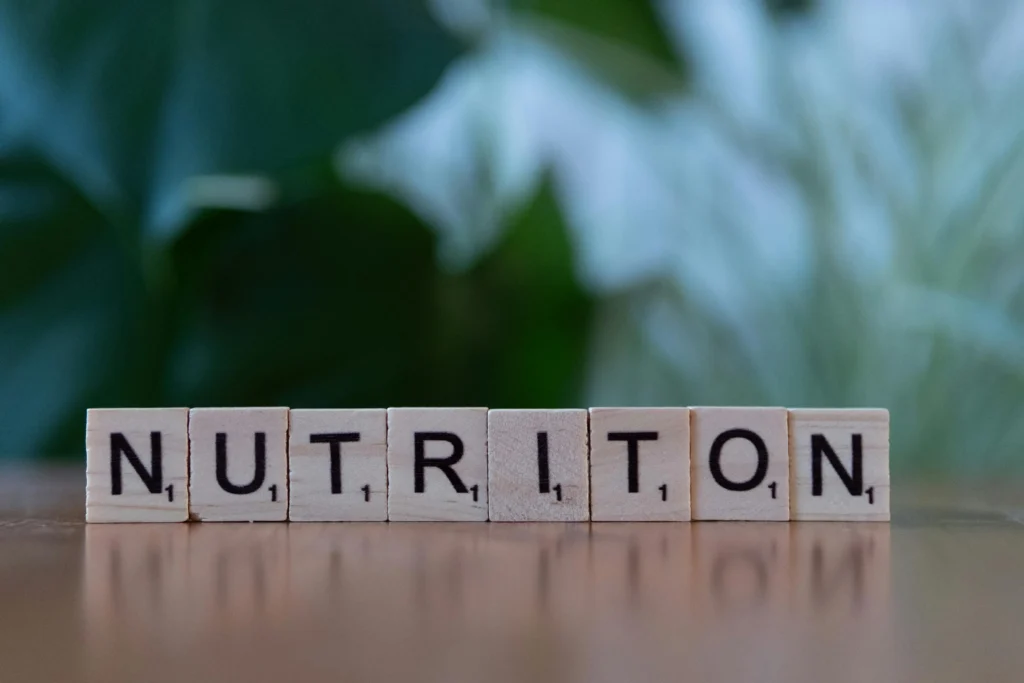
Steam-searing doesn’t just taste good; it preserves and even enhances vital nutrients:
- Vitamin Retention: Minimal water contact prevents leaching of water-soluble vitamins (C, B-complex).
- Phytonutrient Concentration: High heat caramelizes natural sugars without burning, making antioxidants like glucosinolates in broccoli more bioavailable.
- Fiber Integrity: Quick cooking retains fiber structure, supporting healthy digestion.
- Low Glycemic Impact: Oil-free cooking avoids the added fats that can accelerate sugar absorption, making it suitable for balanced blood sugar management.
Pair your vegetables with complementary protein sources—like firm tofu or lentil salads—to create nutritionally complete meals that satisfy both palate and palate.
Integrating Aquafaba Recipes into Your Meal
While our focus is on steam-searing vegetables, no modern vegetarian feast is complete without a light, airy dessert. Enter the aquafaba dessert recipe, the chickpea brine whipped into vegan meringues and mousses. You can serve an aquafaba dessert recipe pavlova alongside seared veggies—for contrast of textures and flavors. you’ll spot “aquafaba dessert recipe” woven into each section, reminding you that plant-based innovation extends beyond the savory course.
FAQs
2. Can I steam-sear delicate greens like spinach or kale?
Yes! Use a gentler steam phase (2–3 minutes) and a very brief sear (15–20 seconds) under high pressure. The greens will wilt slightly and pick up tasty char while retaining vibrancy.
3. Is steam-searing suitable for meal prep?
Absolutely. Steam-searing produces vegetables that hold texture even after refrigeration. Store in an airtight container—re-steam or microwave with a pinch of water to refresh.
4. How do I incorporate the aquafaba dessert recipe concept?
After plating your steam-seared vegetables, whip aquafaba with a bit of sugar and vanilla into stiff peaks to create vegan meringue cookies or a mousse—pair on the side for a whimsical end to your oil-free meal.
5. Are there any vegetables not suited to steam-searing?
High-water vegetables like tomatoes can become too soft; instead, steam-sear firmer items—roots, squashes, cruciferous veggies, and hearty peppers.
Conclusion
Steam-searing vegetables is more than a trick—it’s a transformative oil-free cooking technique that elevates plant-based cuisine in 2025. From tender-crisp textures to deep, caramelized flavors, this method empowers you to cook healthier, more sustainable meals without compromising taste. Ready to master how to steam-sear vegetables? Gather your cast-iron skillet, stock up on fresh produce, and dive into the steam-searing revolution. Don’t forget to bookmark this guide, experiment with your favorite veggies, and—of course—finish with a light aquafaba dessert recipe to celebrate your oil-free feast. Share your results and tag us online; we can’t wait to see your creations!


